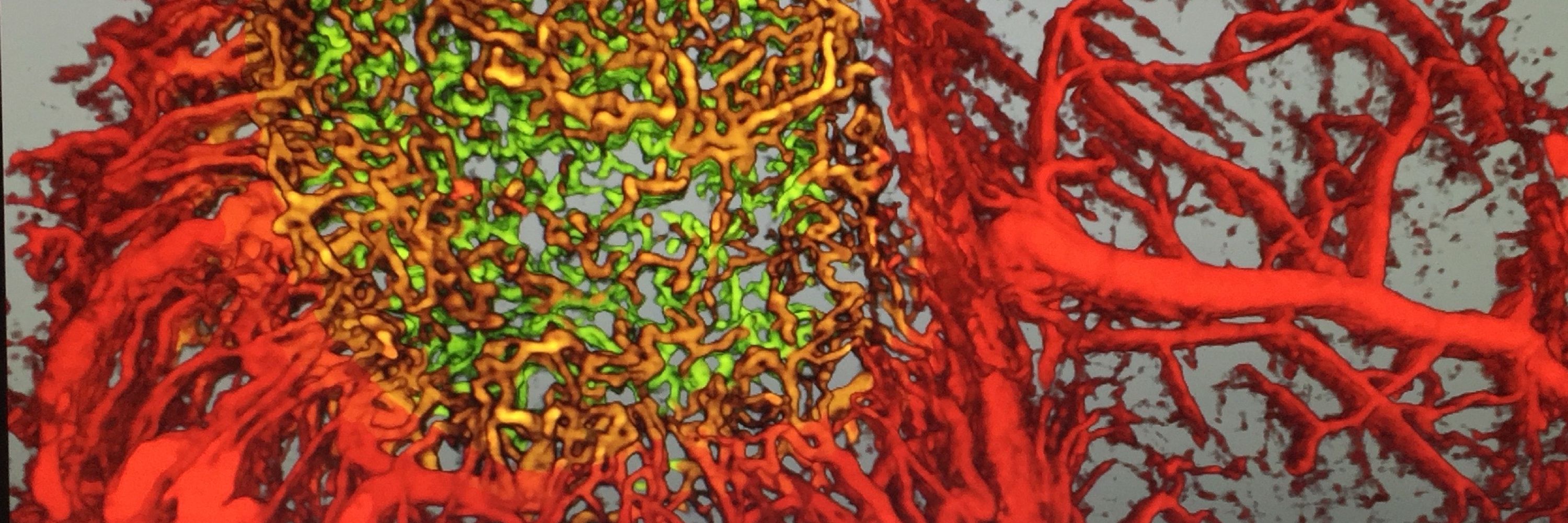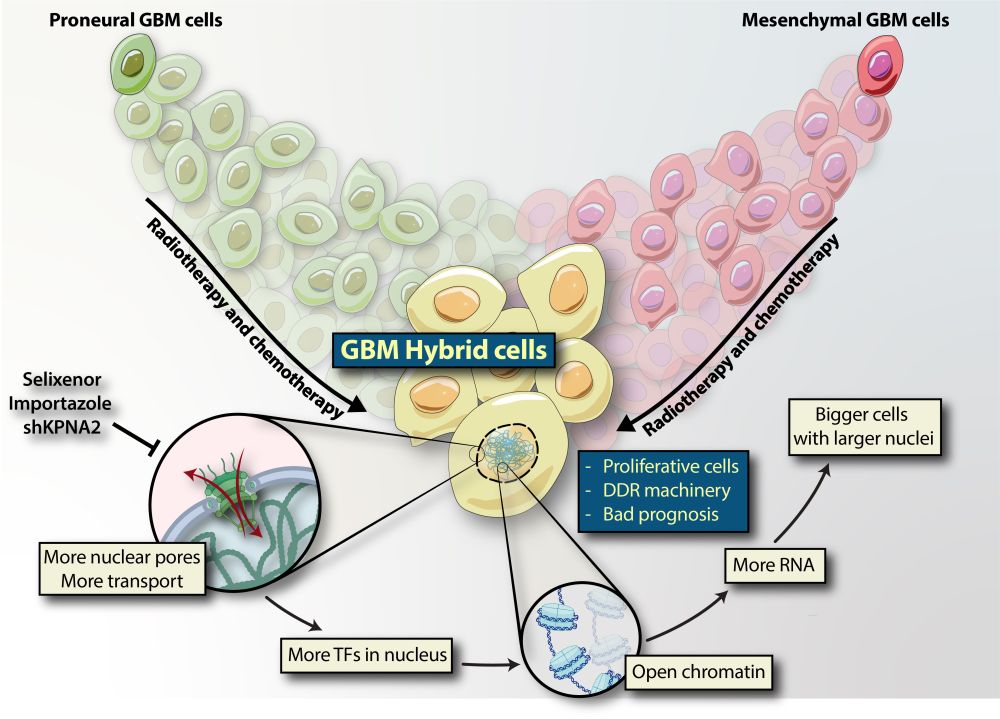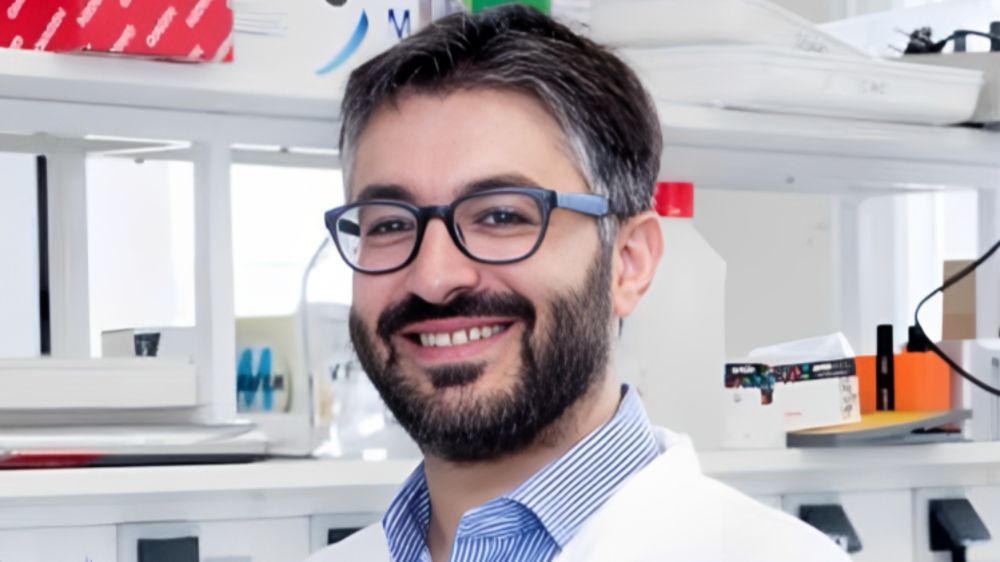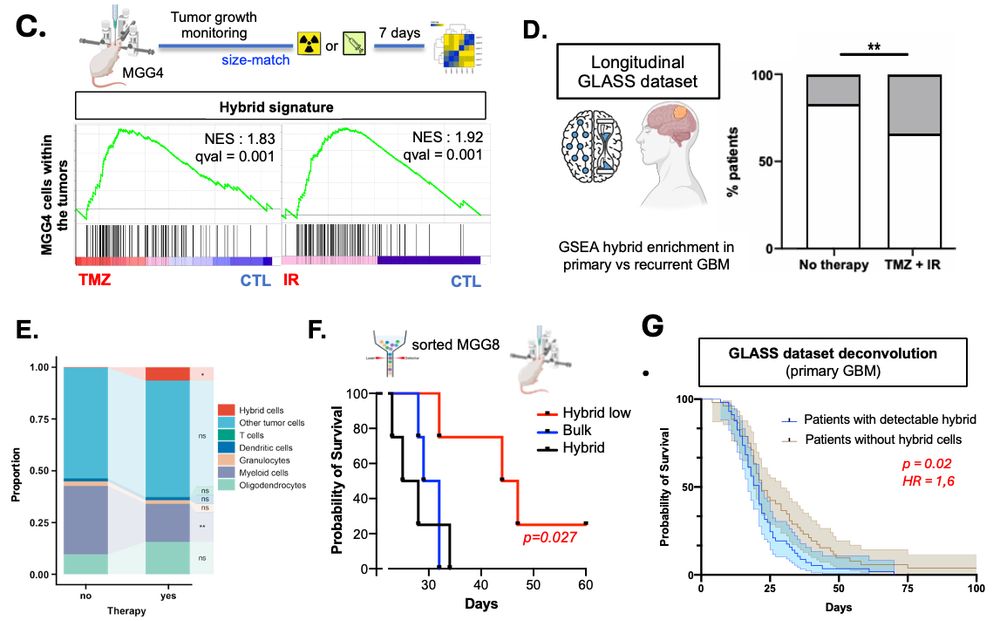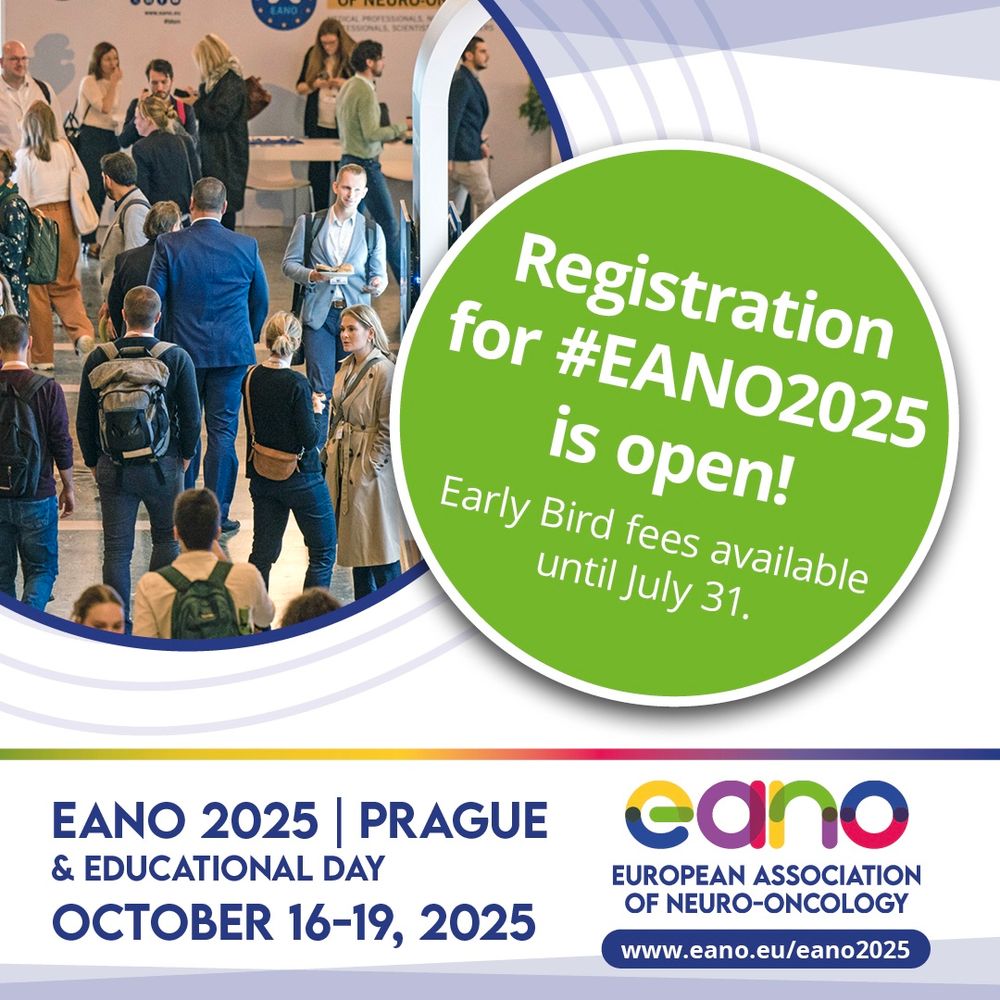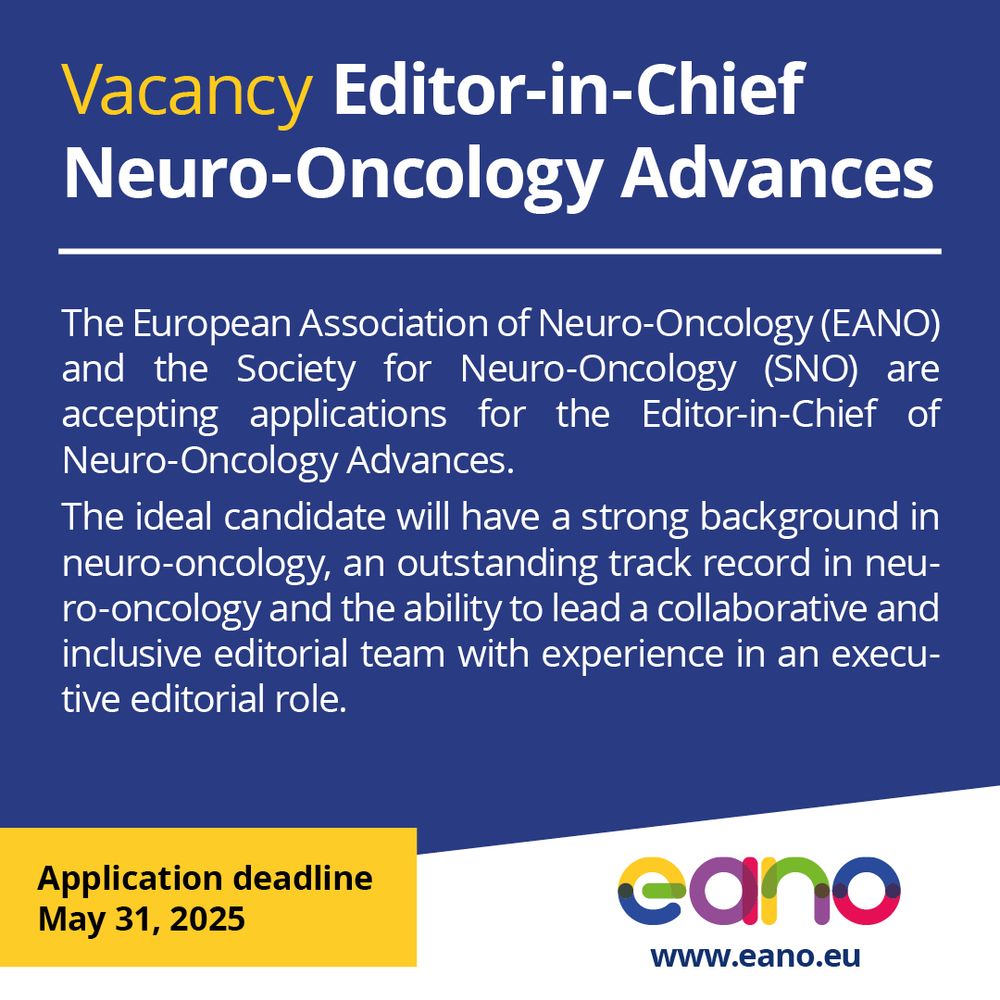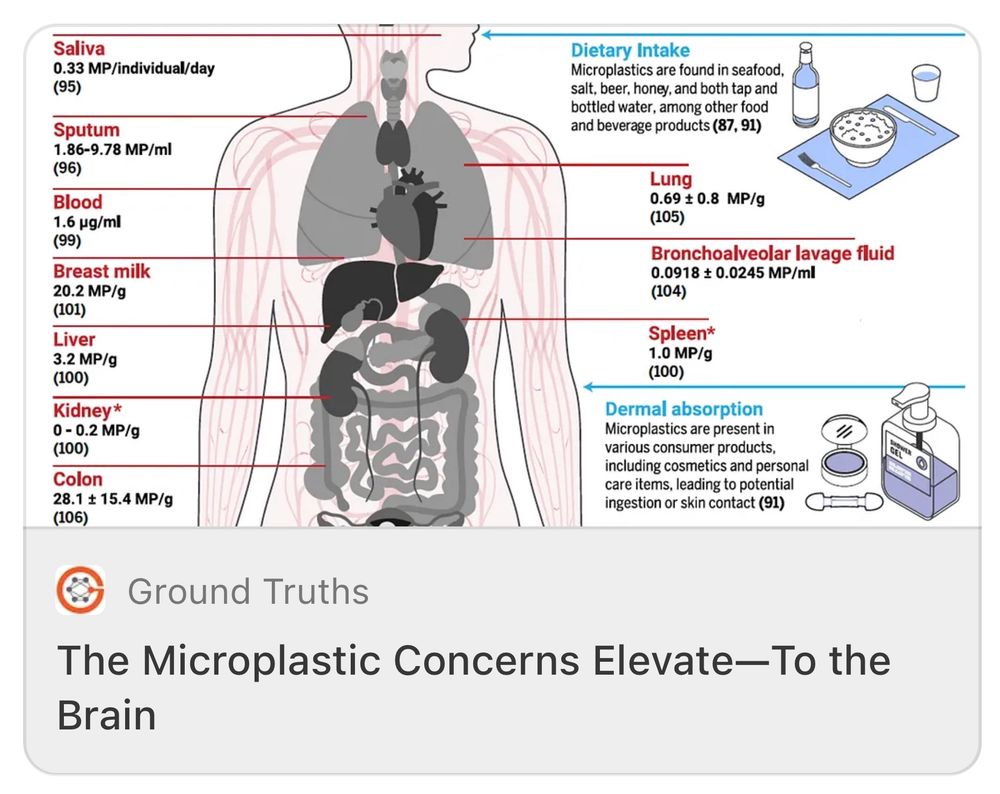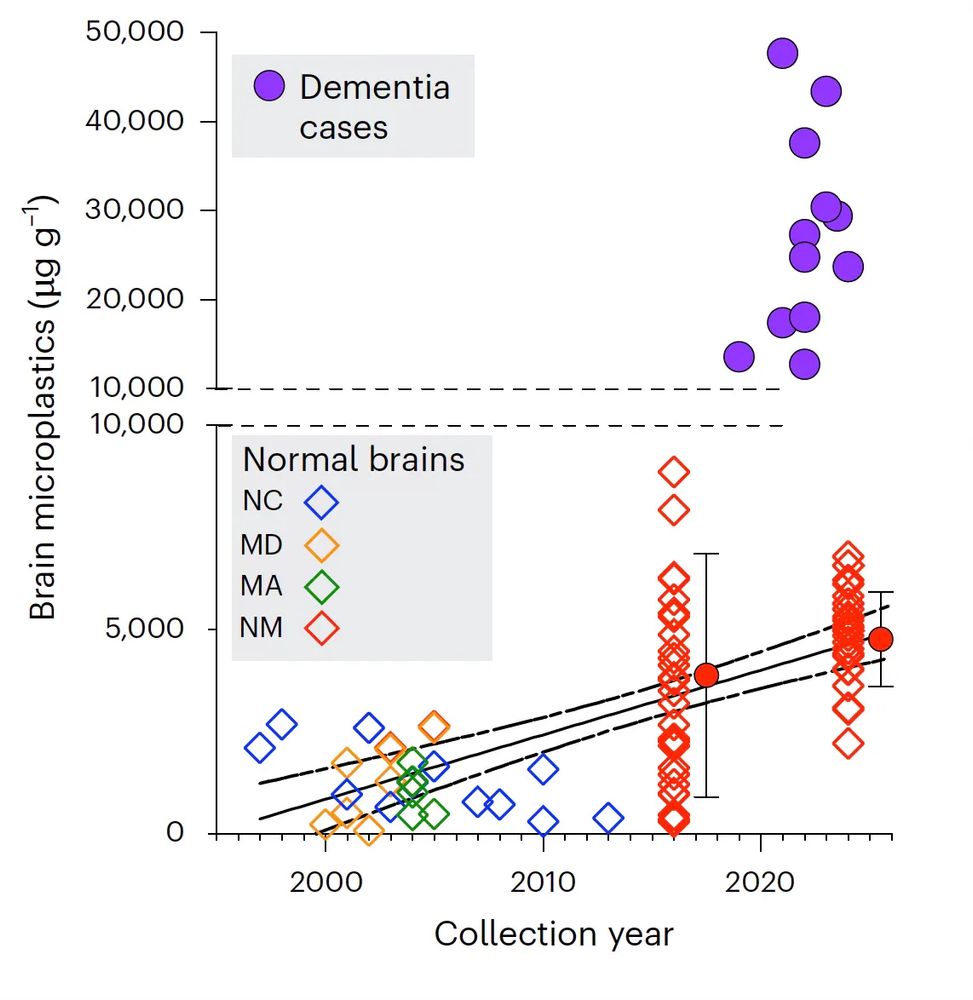Giorgio Seano
@giorgioseano.bsky.social
1.5K followers
920 following
100 posts
Head of the Tumor Microenvironment Laboratory at Institut Curie. #CancerResearch, #Neuro-oncology, #BrainTumor, #GBM, #Glioblastoma, #ResistanceMechanism, #TumorMicroenrironment, #TME, #Mechanobiology, #CellPlasticity
https://institut-curie.org/team/seano
Posts
Media
Videos
Starter Packs
Pinned
Reposted by Giorgio Seano
Reposted by Giorgio Seano
Giorgio Seano
@giorgioseano.bsky.social
· Jul 17
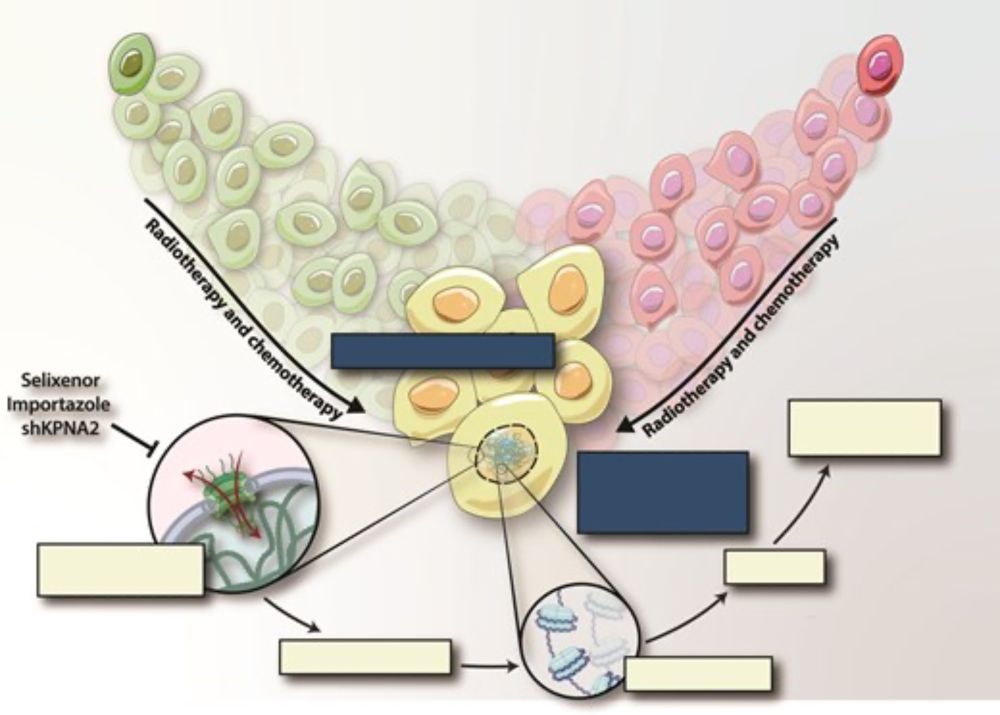
Proneural-Mesenchymal hybrid glioblastoma cells are resistant to therapy and dependent on nuclear import
AbstractBackground. Despite extensive research efforts, glioblastoma (GBM) remains a deadly disease with poor prognosis. Although previous studies have ide
doi.org
Giorgio Seano
@giorgioseano.bsky.social
· Jul 17
Giorgio Seano
@giorgioseano.bsky.social
· Jul 17
Giorgio Seano
@giorgioseano.bsky.social
· Jul 17
Reposted by Giorgio Seano
Anna Clemens, PhD
@annaclemens.com
· Jul 13
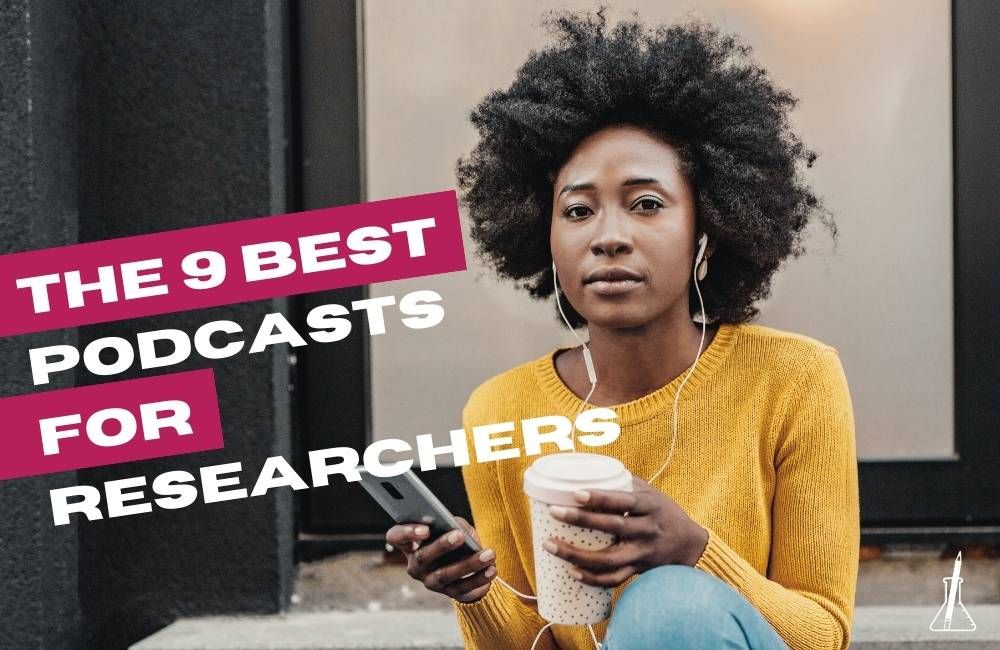
Academic Podcasts for Researchers & Scientists
Looking for the best academic podcasts? I have recommendations for academic writing podcasts, podcasts for PhD students and other podcasts on academia – from leadership and academic life to teaching.
rpst.page.link
Reposted by Giorgio Seano
Reposted by Giorgio Seano
Reposted by Giorgio Seano
Reposted by Giorgio Seano
Reposted by Giorgio Seano
Giorgio Seano
@giorgioseano.bsky.social
· Feb 17
Giorgio Seano
@giorgioseano.bsky.social
· Feb 16
Reposted by Giorgio Seano
Giorgio Seano
@giorgioseano.bsky.social
· Jan 30
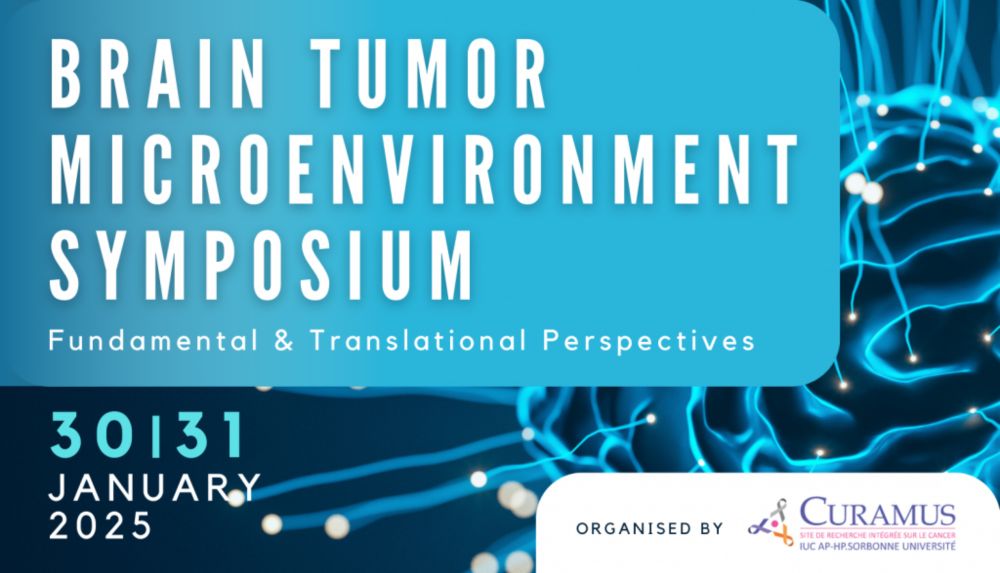
SAVE THE DATE: Brain Tumor Microenvironment Symposium, 30th & 31st January 2025, Paris - Siric Cancer - Curamus - Site de Recherche Intégrée sur le Cancer
Dans le cadre de son programme de recherche intégrée « Cerveau, cancer et immunité – dialogue cellulaire dans les tumeurs cérébrales », […]
curamus-cancer.fr
Reposted by Giorgio Seano
Brendan Harley
@profharley.bsky.social
· Jan 21
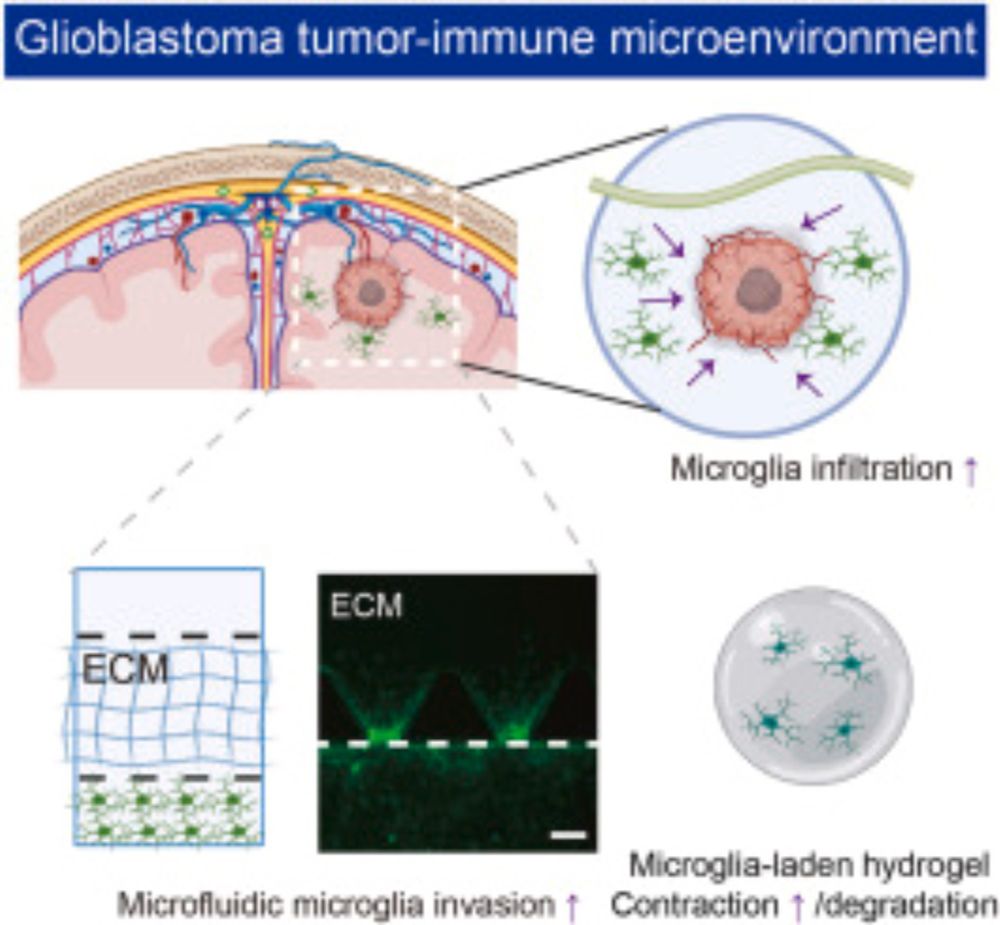
Glioblastoma drives protease-independent extracellular matrix invasion of microglia
Glioblastoma (GBM) is the most common and lethal form of primary brain cancer. Microglia infiltration into the tumor microenvironment is associated wi…
www.sciencedirect.com
Giorgio Seano
@giorgioseano.bsky.social
· Jan 14
Giorgio Seano
@giorgioseano.bsky.social
· Jan 10
